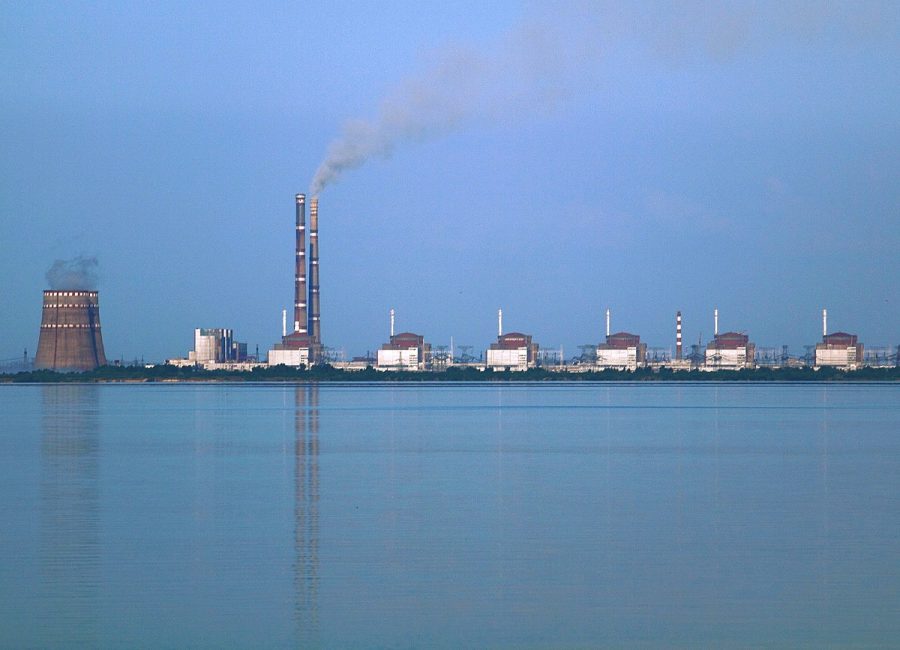The precarious situation at Zaporizhzhia power plant in Ukraine
Nuclear power generation is a very meticulous operation. Every little detail is kept under close watch to ensure that plants operate safely. The catastrophes of Chernobyl and Three Mile Island nuclear power plants still remain ingrained in the public conscience. A few small mishaps could lead to a widespread disaster in nuclear power generation, which is why the precarious situation at Zaporizhzhia power plant in Ukraine is incredibly worrying.
Russian forces have held the power plant since early in the Russo-Ukrainian war, which started earlier this year, but fighting has remained fierce in the area. The plant has been shelled heavily, and power has gone out several times. This is incredibly scary as the plant requires outside power for many of its safety operations, and backup generators are not equipped for extended use. If these safety operations fail, the plant could melt down in a nuclear accident of unprecedented scale. Zaporizhzhia is the largest nuclear power station in all of Europe, and a meltdown would be estimated to be over six times the size of Chernobyl. There are also worries that Russia could use power plant equipment for nuclear terrorism.
A specialized team from the International Atomic Energy Agency (IAEA), which oversees nuclear power worldwide and works with the UN, visited the plant in early September for inspection. The team included IAEA Director General Rafael Grossi, who said, “At the same time, we consider that we have the minimum conditions to move, accepting that the risks are very, very high. Still, myself and the team, we believe that we can proceed with this. We have a very important mission to accomplish.”
September 11 the last reactor was finally put into a cold shutdown mode. However, reactor fuel still must be cooled to prevent meltdown, and though greater power restoration to the plant is a great step towards safety, the continued shelling of the region means that the fate of millions still hangs in the balance of a possible nuclear meltdown.
Your donation will support the student journalists of Hart High School - CA. Your contribution will allow us to cover our the cost of our website and print editions.

